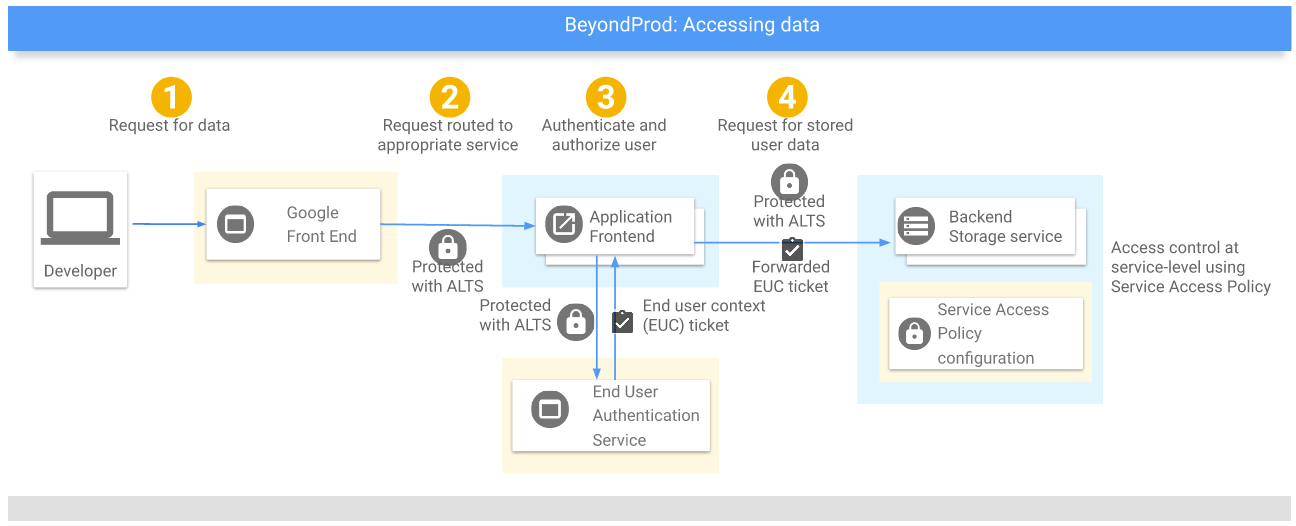Three SaaS companies we think will make it to $1B in revenue
What’s the most successful pure SaaS company of all time? The answer is Salesforce, and it’s no contest — the company closed the year on an $18 billion run rate, placing it in a category no other company born in the cloud can touch.
That Salesforce is on such an impressive run rate might suggest that reaching a billion in revenue is a fairly easy proposition for an enterprise SaaS company, but firms in this category grow or drive revenue like Salesforce. Some, in fact, find themselves growing much more slowly than anyone thought, but keep slugging it out as they inch steadily toward the $1 billion mark. This happens to public and private SaaS companies alike, which means that we can look at few public ones thanks to their regular earnings disclosures.
It’s a good time to look back at the year and analyze a few firms that should reach the mythical $1 billion in revenue at some point. Today we’re examining Zuora, a SaaS player focused on building and managing subscription-based services. GuideWire, a company transitioning to SaaS with big ambitions and Box, a well-known SaaS player caught somewhere between big and a billion.
Zuora: betting on SaaS
We’ll start with the smallest company that caught our eye, Zuora . We’ll proceed from here going up in revenue terms.
Zuora is as pure a SaaS company as you can imagine. The San Mateo-based company raised nearly a quarter billion dollars while private to build out the technology that other companies use to help build their own subscription-based businesses. To some degree, Zuora’s success can be viewed as a proxy for SaaS as a whole.
However, while SaaS has chugged along admirably, Zuora has seen its share price fall by more than half in recent quarters.
At issue is the firm’s slowing growth:
- In the quarter detailed on March 21, 2019, Zuora’s subscription revenue growth slowed to 35% compared to the prior year period. Total revenue growth grew an even slower at 29%.
- In the quarter announced on May 30, 2019, Zuora’s subscription revenue grew 32% while its total revenue expanded 22%.
- Moving forward in time, the company’s quarter reported on August 28, 2019 saw subscription revenue growth of 24% and total revenue growth of 21% compared to the year-ago quarter.
- Finally, in its most recent quarterly report earlier this month, Zuora reported marginally better 25% subscription revenue growth, but slower total revenue growth of 17%.
Why is Zuora’s growth slowing? There’s no single reason to point out. Reading through coverage of the firm’s earnings report reveals a number of issues that the company has dealt with this year, including slow sales rep ramp and some technology complaints. Add in Stripe’s meteoric rise (the unicorn added tools for subscription billing in 2018, expanding the product to Europe earlier this year) and you can see why Zuora has had a tough year.
Adding to its difficulties, the company has lost more money while its growth has slowed. Zuora’s net loss expanded from $53.6 million in the three calendar quarters of 2018. That rose to $59.9 million over the same period in 2019. But the news is not all bad.
In spite of these numbers, Zuora is still growing; the company expects around $276 to $278 million in revenue in its current fiscal year and between $206 and $207 million in subscription top-line revenue over the same period.
At the revenue growth pace set in its most recent quarter (17% in the third quarter of its fiscal 2020) the company is eight years from reaching $1 billion in revenue. However, Zuora’s rising subscription growth rate in the same period is very encouraging. And, the company’s cash burn is declining. Indeed, in the most recent quarter Zuora’s operations generated cash. That improvement led to the firm’s free cash flow improving by half in the first three calendar quarters of 2019.
It also has pedigree on its side. Founder and CEO Tien Tzuo was employee number 11 at Salesforce when the company launched in 1999. He left the company in 2007 to start Zuora after realizing that traditional accounting methods designed to account for selling a widget wouldn’t work in the subscription world.
Zuora’s subscription revenue is high-margin, but the rest of its revenue (services, mostly) is not. So, with less thirst for cash and modestly improving subscription revenue growth, Zuora is still on the path towards the next revenue threshold despite a rough past year.
Guidewire: going SaaS the hard way
![]()



